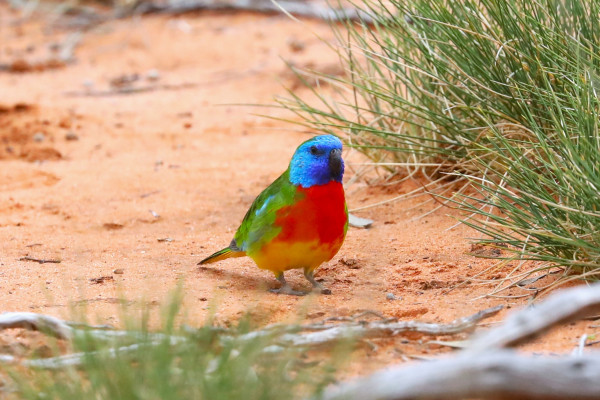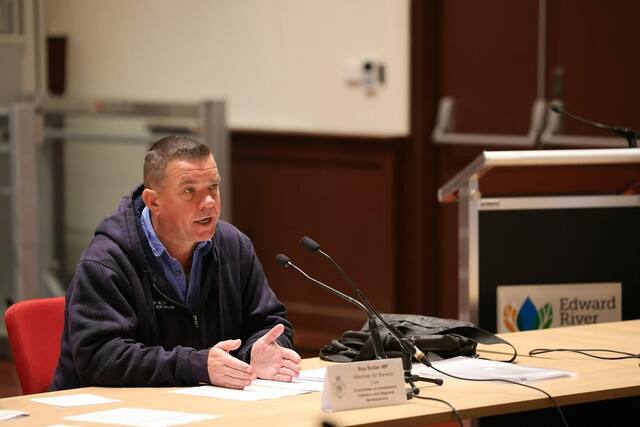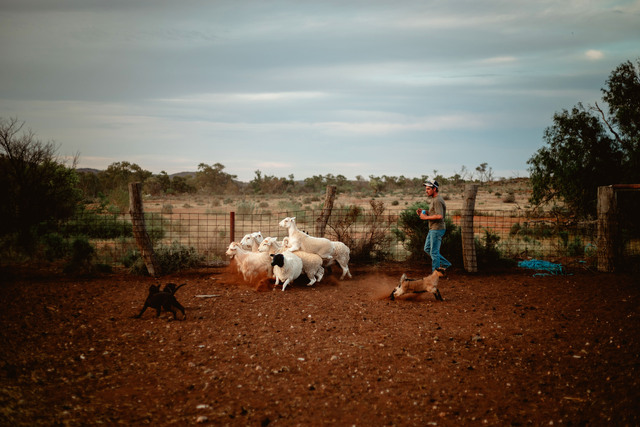A GROUP of conservationists and bird enthusiasts recorded a sighting of the threatened and understudied scarlet-chested parrot north of Mildura — the fourth recording of the species in the area during the past five years.
A dozen scarlet-chested parrots appear to have made themselves comfortable at Australian Wildlife Conservancy’s Scotia Wildlife Sanctuary within 120-hectares of vegetation regenerated from recent burns.
Although known to traverse the Great Victorian Desert between Western Australia and South Australia, the parrot is rarely observed in New South Wales.
However, adult and young birds have been sighted in four of the past five years at Scotia pointing to a small breeding population in NSW that is otherwise considered to be vagrant in that state.
AWC’s field team observed the parrots over 84 days, as they blended into the red sand dunes and vibrant regrowth of spinifex, while also feeding off the Mallee eucalyptus shoots.
Hannah Nichols, who was among the AWC ecologists observing the parrots, said sightings such as the one at Scotia are significant in gaining an understanding of the threatened species and protecting its future.
“A threat to the scarlet-chested parrot’s survival is the lack of information to guide conservation strategies,” she said.
“Observing the species in the wild, such as those at Scotia, are essential to examining their needs for survival such as their preferences for habitat, food sources and tree hollows.”
Ms Nichols said that she and the team believe the species’ presence at Scotia may have been due to a fire management program that has helped maintain habitat suitability.
“The parrots were found foraging within an area of Scotia where AWC conducted prescribed burns about four years ago,” Ms Nichols said.
“They were also found alongside the planned burns, in an area impacted by lightning-related fire about two years ago.
“Thanks to above average rainfall in the past year and improved fire regimes, the spinifex and shrub understory of the mallee has recovered well, and we suspect conditions are exactly what these parrots were looking for to feed.”
Fire management is seen as integral to the scarlet-chested parrots as mosaic fires result in the retention of old fire age class mallee which has hollows for breeding and reduces the risk of large bush fires completely wiping out habitat.
“The parrot sighting brings to light the importance of mosaic burns and provides hope for seeing the species return in years to come,” Ms Nichols said.
The birds have since moved on from the area they were frequenting but the AWC team is hopeful of seeing them again in future seasons.







